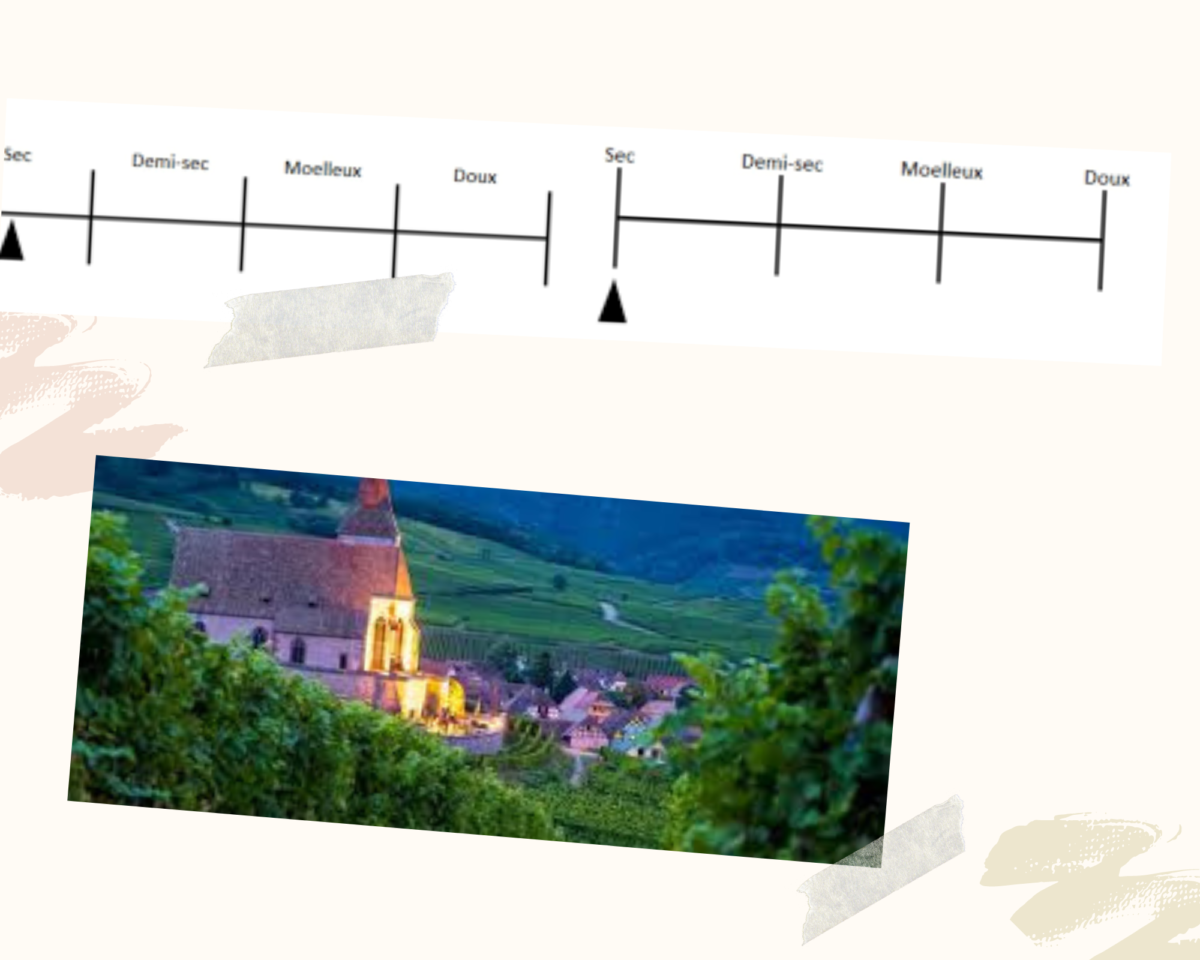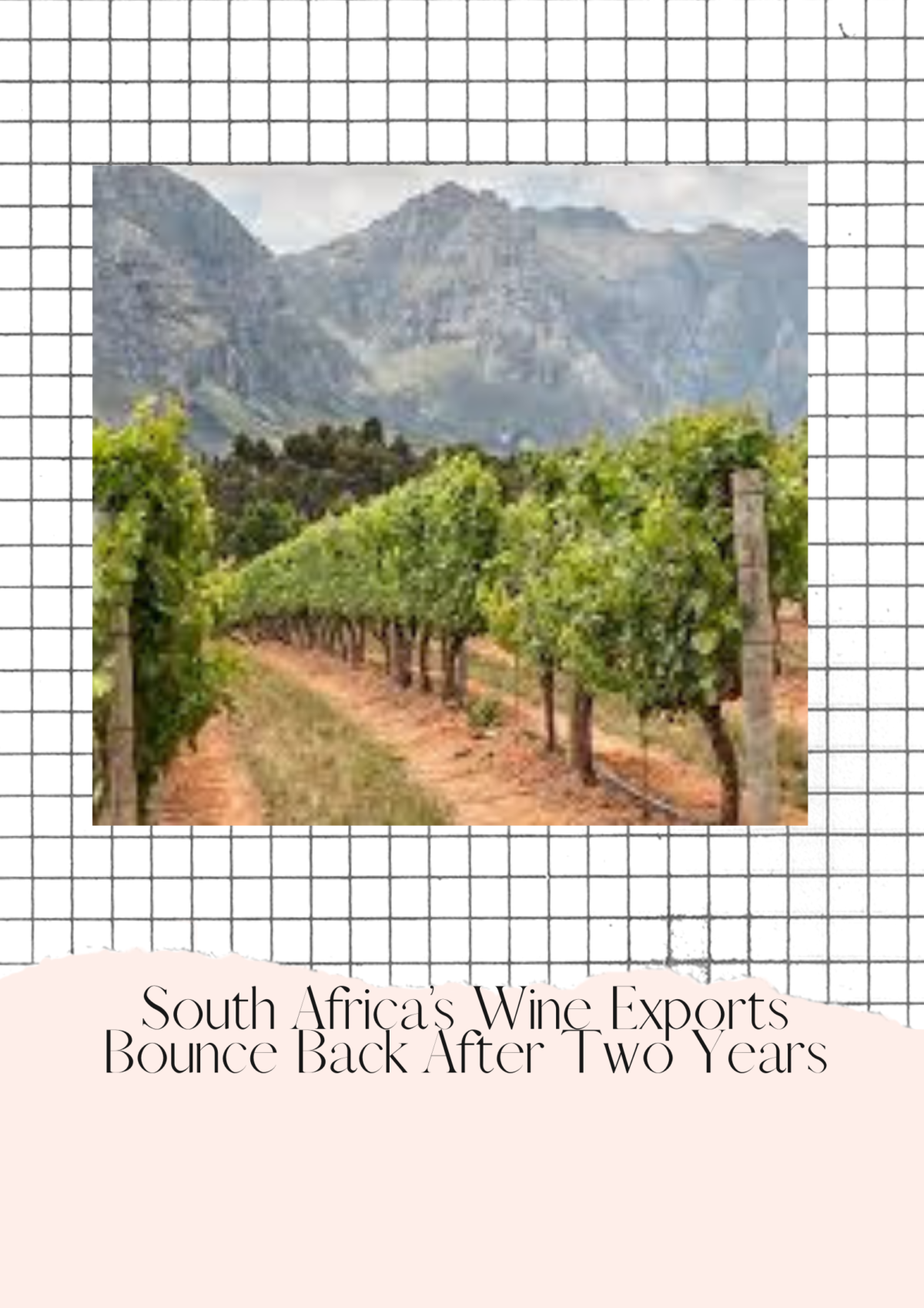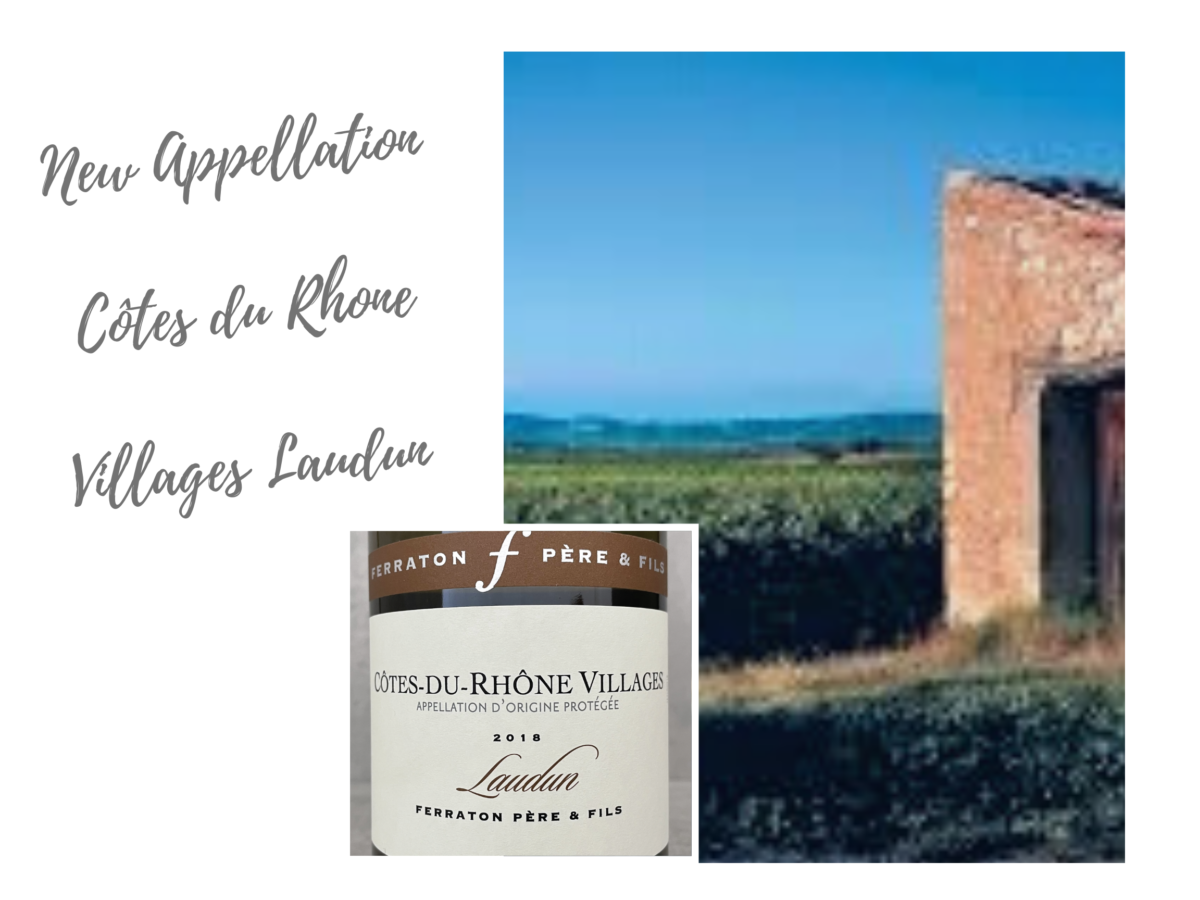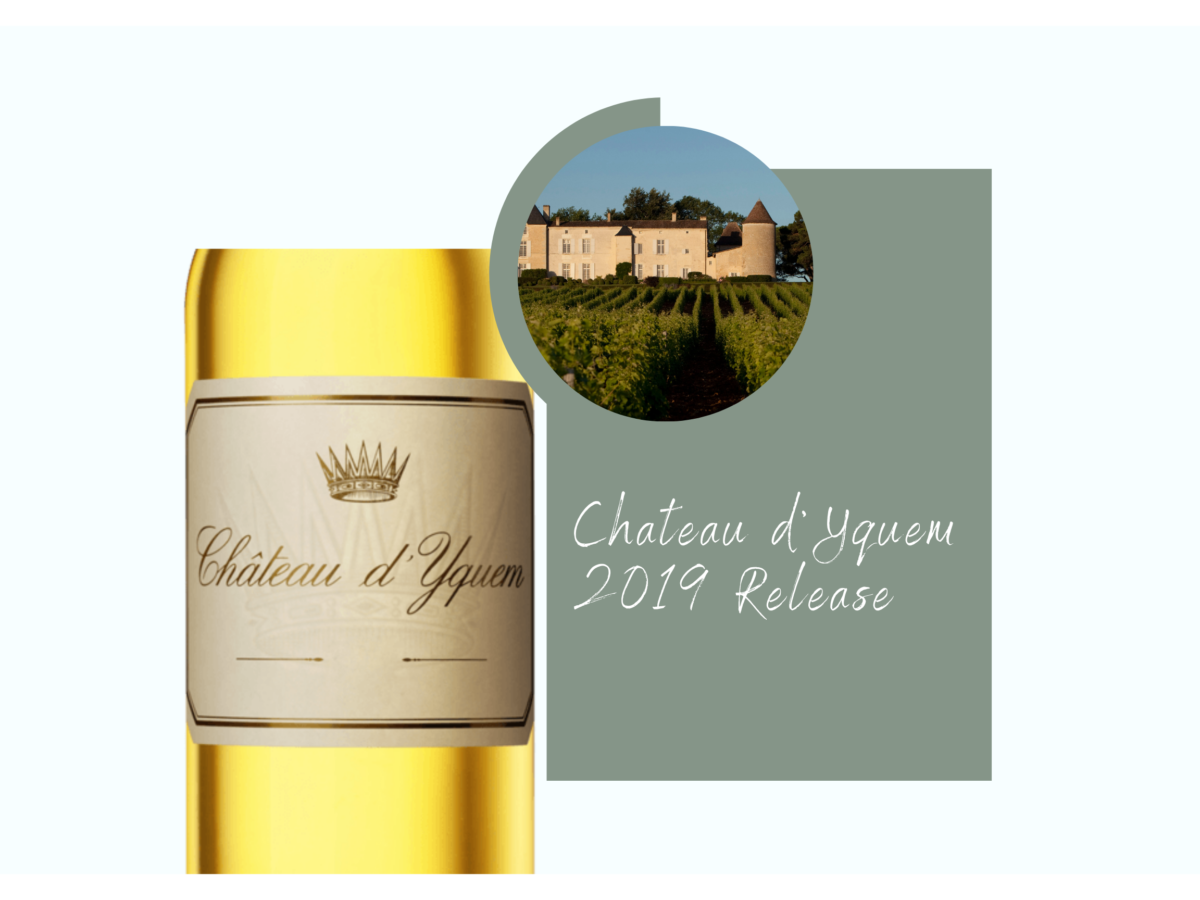Cult Wines, the global fine wine collection management and investment company launched a new innovative investment platform in Q4 2021. They have shaken up their client offerings by introducing four new tiers of investment, allowing investors to build their personalized wine collection starting from $10,000 USD/$12,500 CDN. This new investment platform will now allow anyone from novice investors to experienced investors to build a customized collection of investment-grade wine.
The “Four Tiers” Cru Classe, Premier Cru, Grand Cru, and Cult Cru provide various levels of investment, starting with core features at $10,000 up to $700,000 USD/ $12,500 up to $850,000 CDN for the Cult Cru Membership. Some of the benefits of the higher tiers include priority access to wine releases, exclusive events and experiences, from access to private vintage releases, food and wine pairing experiences with famous chefs, and bespoke trips to prestigious partner estates.
Cru Classe – from $10k USD/$12,500 CDN
Entry category offers investors core features.
This Investment includes:
- Full storage and insurance
- Buying and selling with 0% fees
- Portfolio created based on investor’s risk appetite and investment horizon
- Direct ownership
- Live prices/values with account support through client portal
- Automatic portfolio rebalancing
Premier Cru – from $35k USD/45k CDN
The flagship offering at Cult Wines provides investors access to full customization and personalization of their wine portfolio through a dedicated Relationship Manager.
Investment includes everything from Cru Classe plus:
- Active management of your portfolio through your dedicated portfolio manager
- Regular consultations with a personal Relationship Manager
- Customization of investor’s portfolio based on their objectives
- Access to wine tastings (US only), events, education, and trips
- Buy/Sell recommendations
- Annual warehouse open day
Grand Cru – from $150k USD/$175k CDN
Investment includes perks of Premier Cru, a dedicated Relationship Manager, plus:
- Priority access to wine releases
- Privilege pass to all Cult Wines events
- Invitations to sought after masterclasses, winemaker dinners (US only)
- Vineyard tours upon request
Cult Cru – from $700k USD/$850k CDN
The Cult Cru tier will give you the most comprehensive package.
Investment includes everything from Grand Cru plus:
- Curated vineyard experiences
- Cult Connoisseur’s Club
Innovative Approach
This is interesting to note – Cult Wines also provides digital tools for its investors so they can manage their own portfolios. One key tool is based on Vintel (a web app), a proprietary technology, that will automatically analyze, allocate wines, and actively manage portfolios. The client portal also allows investors to track their portfolio and receive buy and sell recommendations from the company’s investment committee.
“We looked at what we had done previously and explored optimising user experience and how we build, balance and allocate portfolios using proprietary tools and modelling to seek the highest yields possible for our clients,” stated Corey Parkinson, Global Head of Product. “Every aspect of the platform, from digital onboarding, automated portfolio generation and our client portal have been re-imagined using a best practice tech stack and data science approach. These tools enable our team to maximise their insights and experience to deliver an unparalleled customer experience.”
“Historically, the wine investment category has been perceived as only for the wealthy, or those with considerable wine knowledge. We know that is not the case and are enabling more people to invest effectively while maintaining the client service, impeccable standards, and returns for which we are known,” Atul Tiwari, CEO, The Cult Wines Americas “Equally important is the investment we have made in developing technology that gives our team of experts unrivalled tools to complement their market expertise.”
Cult Wine Investments website: www.wineinvestment.com
#wine #finewine #wineinvestment #alternativeinvestment #winenews #winelovers #winecollectors #champagne #bordeaux #burgundy #finewinelovers #wineindustry #winebusiness #winetrade #winetrends #vin #frenchwine #winemarket #winenews #wineeconomics #vintagewine #wineinvestors #cultwines #cultwinesamericas #cultwinesUSA #cultwinescanada #cultcru #bourgogne #mycultcollection #winewednesday #ww

![Cult Wines Americas – New “Innovative” Investment Platform [Part 2]](https://www.liz-palmer.com/wp-content/uploads/2022/03/Cult-Wine-Investment-Article-2.png)



